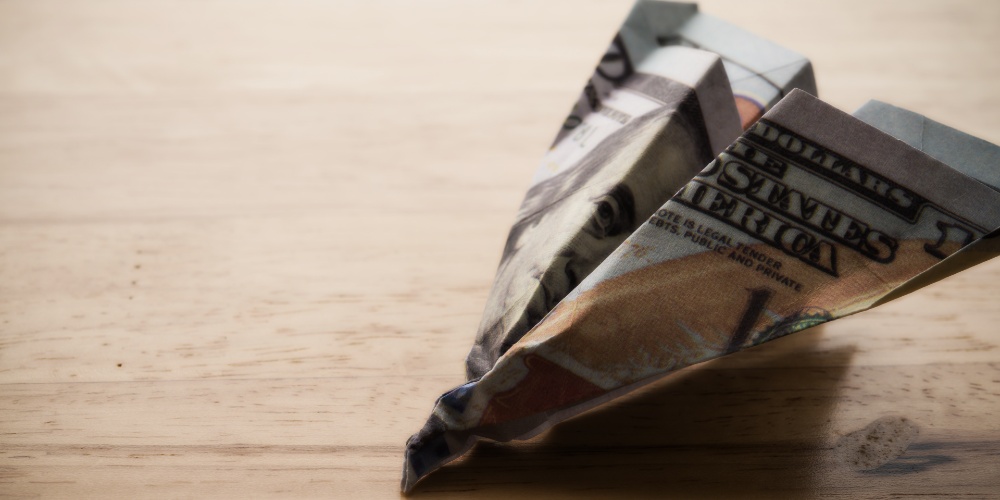(Ron Paul)—A clip from the 1990 movie Home Alone where the lead character purchases groceries, household goods, and toys recently went viral because he paid a total of $19.83 whereas today the same purchase would cost over three times as much. Ironically, while this evidence of the Federal Reserve’s failure to maintain the dollar’s value was going viral, stocks rose because investors believed the Fed had successfully engineered a “soft landing” by bringing down price inflation without causing a recession and would soon begin reducing interest rates.
Then, stocks fell at the beginning of the year when the release of the notes of the Federal Reserve Board’s last meeting suggested the Fed would not hurry rate cuts. The likelihood of a delay in cutting rates was further increased by a “positive” December Jobs report.
The jobs report did show unemployment remaining low and wages slightly increasing, but the news was not all positive. One of the report’s most troubling items is that a top source of increased wages is government. An increase in the salaries of government employees also increases government debt, which will have to be paid for by taxes. Since tax increases are unpopular, the government relies on the Federal Reserve to do the dirty work by purchasing federal debt instruments and thus creating more inflation. This inflation tax is the worst of all taxes because it is regressive and hidden.
If the Fed allowed interest rates to increase to anywhere near what they would likely be in a free market, interest rate payments on the federal debt would rise to a level causing a financial crisis. Even though the federal government will soon spend more on interest on the federal debt than on the Pentagon and the military-industrial complex, few in DC are serious about cutting spending. Federal debt increased by one trillion dollars from mid-September to the beginning of the new year. It is expected to increase by around another trillion dollars by the end of March! To put this in perspective, consider that the federal debt did not reach a trillion dollars until 1981 — almost two hundred years after the Constitution was ratified.
Continuing increases in federal debt and Federal Reserve created inflation will lead to economic crisis caused by a rejection of the dollar’s world reserve currency status. There is already resentment over the US government’s use of the dollar’s reserve status to support US sanctions This is why Russia and Iran recently signed a deal to trade in their own currencies rather than in dollars and Russia is no longer accepting dollars for its oil.
President Biden has kept his promise to refrain from criticizing the Fed’s conduct of monetary policy. In contrast, his predecessor regularly took to Twitter to lambaste the central bank. This means the Fed will likely try to help President Biden by trying to keep interest rates low enough to not increase unemployment yet high enough to not increase price inflation.
While Donald Trump is more likely than Joe Biden to challenge the deep state and neoconservative foreign policy, the truth is neither Biden nor Trump will seek to reduce spending. Unless a critical mass of Americans demand an end to the welfare-warfare state and the fiat money system, the soft landing sought by the Fed and the politicians will turn into a hard crash.
What Would You Do If Pharmacies Couldn’t Provide You With Crucial Medications or Antibiotics?
The medication supply chain from China and India is more fragile than ever since Covid. The US is not equipped to handle our pharmaceutical needs. We’ve already seen shortages with antibiotics and other medications in recent months and pharmaceutical challenges are becoming more frequent today.
Our partners at Jase Medical offer a simple solution for Americans to be prepared in case things go south. Their “Jase Case” gives Americans emergency antibiotics they can store away while their “Jase Daily” offers a wide array of prescription drugs to treat the ailments most common to Americans.
They do this through a process that embraces medical freedom. Their secure online form allows board-certified physicians to prescribe the needed drugs. They are then delivered directly to the customer from their pharmacy network. The physicians are available to answer treatment related questions.


